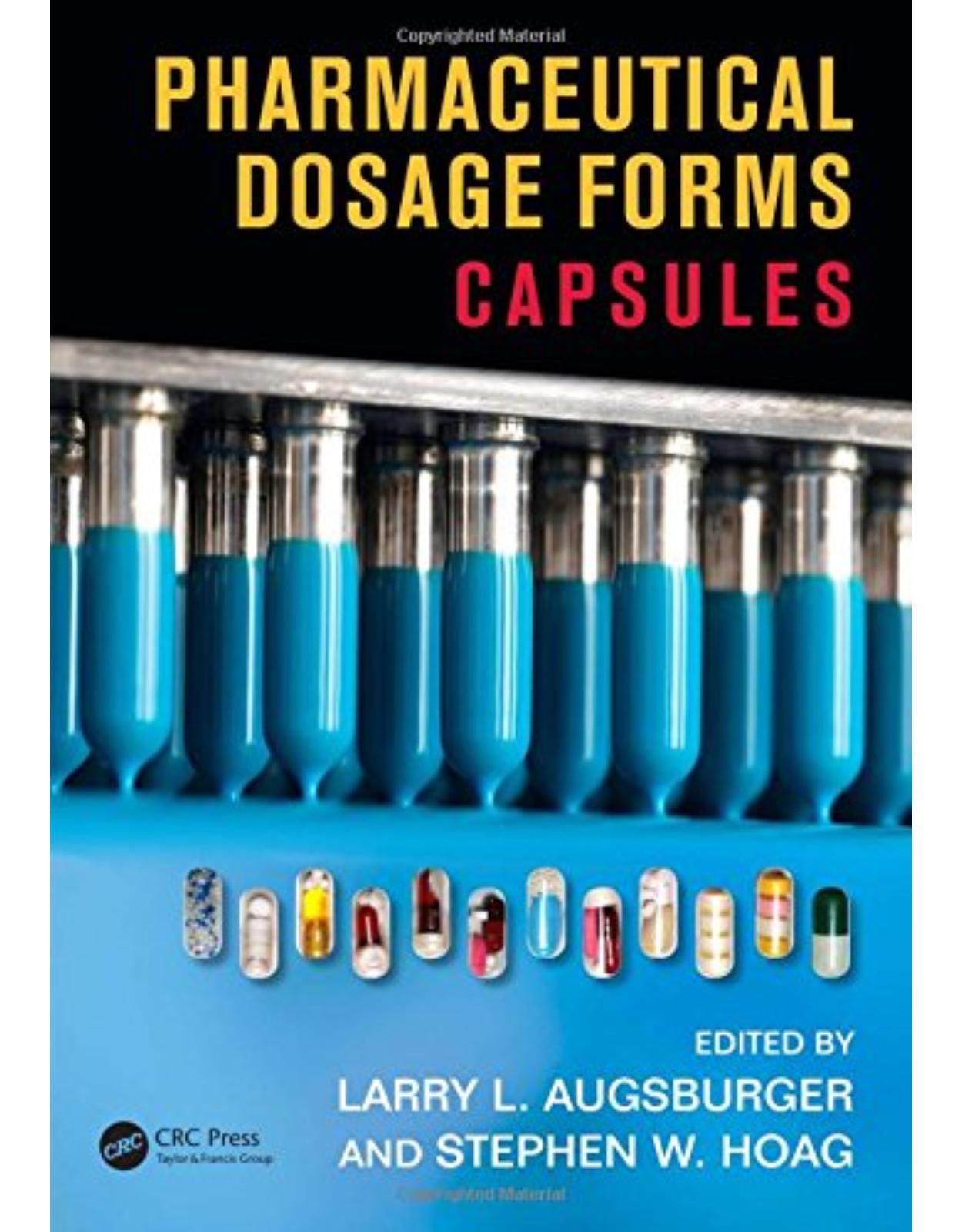
Pharmaceutical Dosage Forms: Capsules
Livrare gratis la comenzi peste 500 RON. Pentru celelalte comenzi livrarea este 20 RON.
Disponibilitate: La comanda in aproximativ 4 saptamani
Editura: CRC Press
Limba: Engleza
Nr. pagini: 435
Coperta: Hardcover
Dimensiuni: 18.42 x 3.18 x 25.4 cm
An aparitie: 9 Nov. 2017
Description:
Pharmaceutical Dosage Forms: Capsules covers the development, composition, and manufacture of capsules. Despite the important role that capsules play in drug delivery and product development, few comprehensive texts on the science and technology of capsules have been available for the research and academic environments. This text addresses this gap, discussing how capsules provide unique capabilities and options for dosage form design and formulation.
Table of Contents:
Chapter 1 Advances in Capsule Formulation Development and Technology
Alternative Shell Compositions
Unique Drug Delivery Systems
Liquid and Semisolid Capsule Filling
Using Capsules to Manage Poorly Soluble Drugs
Systematic Approaches for Understanding Hard Shell Capsule Formulation and Filling
Modeling of Plug Formation
Modeling in Support of Formulation Development
Multivariate Analysis and Response Surface Methodology
Expert Systems
Neuro-Nets (NNs)
References
Chapter 2 An Introduction to Two-Piece Hard Capsules and Their Marketing Benefits
Introduction
Market Growth of Two-Piece Hard Capsules
Historical Development of the Capsule Dosage Form
Capsule Shell Manufacturing Process
Gelatin Solution Preparation
Capsule Shell Production
Quality Control
Capsule Materials
Gelatin
Hypromellose
Capsule Shell Features (Capsule Design)
Capsule Sizes
Capsule Colorants and Printing
Brand Image and Marketing
Patient Acceptance
Moisture Content and Storage
Capsule Fill Materials
Powders
Granules
Pellets
Minitablets
Tablets
Liquid and Semisolids
Dosing of Pure API
Dry Powder Inhalers
Benefits of Marketing Two-Piece Capsules
References
Chapter 3 Hard Shell Capsules in Clinical Trials
Introduction
Preclinical Phase
Clinical Phase
Miniaturization Technology
Xcelodose Technology
Capsule Design and Specialty Shells
Hard Gelatin Capsules PCcaps
Coni-Snap Hard Gelatin Capsules
Hard Gelatin DBcaps
Hypromellose (HPMC) Capsules
Comparison of HPMC and Hard Gelatin Encapsulation and Performance
Plantcaps
Starch Capsules
Specialty Shells Design for Targeted Drug Delivery
PIC Technology
Impermeable or Coated Hard Gelatin Encapsulation and Pulsatile Delivery
Fused and Banded Hard Gelatin Capsules
Acid-Resistant HPMC Capsules
Gastro-Resistant (Enteric-Coated) HPMC Capsules
Coated Hypromellose Capsules
Enteric-Coated Starch Capsules
Targit Technology
Osmotic Capsules
Clinical Batch Manufacturing or Fabrication of Hard Gelatin Capsules
Miniaturization Technology Encapsulation
Liquid or Semisolid Filled Hard Gelatin Capsules
Overencapsulation Hard Gelatin Capsules (DBcaps)
Manufacturing Considerations of DBcaps and Clinical Trials
Encapsulated Polyherbal Formulations and Clinical Trials
Hard Shell Capsules and Targeted Oral Drug Delivery
Stomach
Intestine
Colon
Peptide/Protein Colonic Delivery in Hard Shells
Hard Gelatin Capsules and Chronotherapy
Encapsulated Lipid-Based Formulations and Clinical Trial Relevance
Drug Release Mechanisms and Hard Shell Encapsulation
Matrix Capsular Systems
Reservoir Capsular Systems
Osmotic Systems
Pulsatile Release Systems
QbD Approach and Encapsulation for Clinical Trials
Overview
Elements of QbD in Development of Capsules for Clinical Trial
Drug and Excipient Characteristics
Manufacturing Process and Process Control
Powder Blending
Capsule Filling
CQA and Risk Assessment
Finished Capsule Attributes
Implementation of QbD in Hard Shell Capsule Formulation for Clinical Trials
In Vitro and In Vivo Performance of Hard Shell: Regulatory Perspectives
In Vitro– In Vivo Performance
Capsules versus Tablets
Capsule versus Granules
Capsules versus Suspensions
Regulatory Perspectives on Dissolution and In Vivo Release from Hard Shells
Conclusions
References
Chapter 4 Capsule Shell Manufacture
Introduction
Hard Capsules
Early Development of Process and Machines
Capsule Shell Design
Manufacture of Hard Gelatin Capsule Shells
Preparation of the Manufacturing Solutions
Formation of Hard Capsule Shells
Capsule Sorting
Capsule Printing
Packaging and Storage
Hard Capsule Quality
Modern Hard Capsule Manufacturing Machines
Gelatin Alternatives for Hard Capsule Manufacture
Alternative Methods of Manufacture
Soft Capsules
Early Development of Process and Machines
Manufacture of Soft Gelatin Capsules
Preparation of Gelatin Manufacturing Solutions and Fill Formulations
Manufacture of Seamed Soft Gelatin Capsules with Liquid Products
Manufacture of Seamed Soft Gelatin Capsules with Different Properties
Manufacture of Seamed Soft Gelatin Capsules with Dry Products
Manufacture of Seamless Soft Capsules
Seamed Modified-Gelatin Capsules
Soft Capsule Quality
Gelatin Alternatives for Soft Capsule Manufacture
Manufacture of Non-Gelatin Soft Capsules
Seamless Non-Gelatin Capsules
Acknowledgment
References
Chapter 5 Non-Gelatin-Based Capsules
Introduction
Two-Piece Hard Capsules and Their Manufacturing
HPMC (Hypromellose)-Based Capsules
HPMC Capsules for Immediate Release
HPMC Capsule Manufacturing
Physicochemical Properties
Dissolution and Disintegration
In Vivo Performance of HPMC Capsules
Special Applications of HPMC Capsules
Coating of HPMC Capsules
HPMC Capsules for Dry Powder Inhalation
Conclusion
HPMC Capsules for Delayed Release
Introduction
In Vitro Dissolution of Delayed-Release Capsules
In Vivo Performance of Delayed-Release Capsules
Conclusion
Pullulan-Based Two-Piece Capsules
Introduction
Pullulan Capsule Properties
In Vitro Dissolution
In Vivo Performance
Conclusion
Investigational Non-Gelatin Polymer Capsules
Hard Capsules
Soft Capsules
Conclusion
Applications of Non-Gelatin-Based Capsules
Acknowledgment
References
Chapter 6 Hard Shell Capsule Filling Machines
Introduction
Operations Common to All Capsule Filling Machines
Feeding and Rectification
Separation
Filling
Joining and Ejection
Capsule Filling Machine Dosing Systems
Powders
Auger Fill Method
Mechanical Vibration Filling Method
Dosator Method
Tamping Pin/Dosing Disc Method
Drum Filler Method
Compression Filling Method
Beads and Granules/Pellets
Direct Fill
Vacuum Dosator Method
Dosing Chamber
Dosing Disc Method
Tablet and Capsule Overencapsulation
Capsules
Tablets
Liquids/Semisolids
Multicomponent Dosing
Capsule Filling Machinery
Hand-Operated Filling Devices
Semiautomatic Capsule Filling Machines
Fully Automatic Capsule Filling Machines
GKF 2500 ASB 100%—Bosch Packaging Technology
Modu-C—Harro Höfliger
ADAPTA—IMA ACTIVE Solid Dose Solutions
Planeta—MG2
LIQFILsuper80—Qualicaps
AF 200T—ACG-pam
Specialty Fillers
Mettler Quantos QB5
Capsugel Xcelodose
OmniDose
Powdernium Powder Dispensing Workstation
Sealing Technology and Machines
Banding Machines
Qualicaps Band Sealing Machines—HICAPSEAL 40/100 Fully Automatic Hard Capsule Sealing Machines
Qualicaps Lab-Scale Filling/Sealing Machine FS3
S-1 Benchtop Capsule Band-Sealer [Schaefer Technologies, Qualicaps]
Hermetica Capsule Banding Machine [IMA]
Dott.Bonapace BD-3000
Liquid Sealing Machines
cfs 1200
cfs 1500 C
LEMS 70
Ultrasonic Welding of Capsule-Based Systems
Capsule Inspection
Visual Inspection
Vision Systems
Viswill PAPPIS (Plug and Play Portable Inspection System)
CPT INSIGHT 100
InspeCaps 150 by Proditec
Qualicaps CES-150 Capsule Inspection Machine
Other Capsule Support Equipment
Capsule Checkweighers
Bosch KKE 3800
Harro Höfliger OmniControl, Mid-Speed
MG America Anritsu KW9001AP
Capsule Polishers
Brush Polishers
Air Selection Unit
Capsule Separators
Acknowledgments
References
Chapter 7 Instrumented Automatic Capsule Filling Machines and Filling Machine Simulation
Instrumented Capsule Filling Machines
Transducers
Location of Transducers and Site Modification
Wheatstone Bridge
Installation of Gauges
Signal Retrieval from Rotating Components
Calibration
Monitoring/Data Handling
Application of Instrumented Automatic Capsule Filling Machines in Research and Development
Dosator Machines
Dosing Disc Machines
Automatic Filling Machine Simulation
References
Chapter 8 Dry-Fill Formulation and Filling Technology
Introduction
Biopharmaceutical Aspects for Capsules
Formulation Principles for Dry-Fill (Powder) Formulation
Filling Technology
Automatic Capsule-Filling Machines
Auger Fill Principle
Vibratory Fill Principle
Piston-Tamp Principle
Formulation Requirements for Plug-Forming Automatic Capsule-Filling Machines
Flowability
Lubricity
Compressibility, Compactibility, and Cohesiveness
Role of Density in Predicting Capsule Fill Weight
Filling of Granulations into Hard Shell Capsule
Considerations in Scaling-up of Powder-Filled Hard Shell Capsule Formulation
Direct Fill of API (or What Is Referred to as “Powder-in-Capsule”) without Excipients
Practical Considerations in Filling of Pellets into Hard Shell Capsule
Practical Considerations in Filling of Tablets into Hard Shell Capsule
Practical Considerations in Filling of Granules, Pellets, Tablets, and/or Combinations into Hard Shell Capsule
References
Chapter 9 Plug Formation
Introduction
Plugs versus Tablets
Geometry
Density and Porosity
Compression Pressure Used in Development and Manufacture
Axial Force Transmission Ratio
Ejection Forces
Rates of Compression and Ejection
Mechanical Strength
Low-Pressure Compression
Modeling of Low-Force Compression
Angle of Internal Flow
Compaction Constant T according to Mohammadi and Harnby
Two-Phase Densification Model according to Hauer et al.,
Parameterization Using the Kawakita Equation,
Low-Force Compression Model Proposed by Chowhan and Chow
Heckel Equation,
Cooper–Eaton Relationship
Other Approaches That Could Be Used to Model Low-Force Compression
Densification Simulations Using DEM
Stable Arch Formation and Its Significance in Capsule Filling
Particle Deformation during Capsule Filling
Conclusion
Acknowledgment
List of Symbols
References
Chapter 10 Modeling Powder Filling during Encapsulation
Introduction
Encapsulation Methods and Principles
Manual and Semiautomatic Methods
Automatic Methods
Modeling/Powder Fill Estimation during Encapsulation
Estimations in Manual Capsule Filling
The Need for a Dosator-Based Model—A Case Study
Estimations in Dosator-Based Capsule Machines
Powder Densification inside a Dosator
Precompression Densification Factor (f 1(ρ))
Compression Densification Factor (f 2(ρ))
Piston Movement within a Dosator
The Spring Factor
Powder Compressibility
Summary of Model Parameters
Experimental Evaluation of the Model
Machine Differences
Practical Applications of the Model
Case I—BI 671800 Development
Case II—Development of a New Drug Product for Phase I Clinical Studies
Case III—Development of a Generic Drug Product
Case IV—Sticking onto Dosator Pins
Model Challenges
Speed Effects
Induced Densification of Powder Bed
Powder Bed Aeration with Time
References
Chapter 11 Scale-Up and Transfer of Hard Shell Formulations across Machine Types
Introduction
Scaling Up within the Same Design and Operating Principle
Regulatory Meaning of Same Design and Operating Principle
Scaling Up within the Same Subclass
Transferring between Dosator and Dosing Disc Machines
Bulk Powder Properties
Bulk Density and Densification
Compactibility
Flowability
Lubricant Requirements
Dissolution Outcomes
Granulations
References
Chapter 12 Modified-Release Delivery SystemsExtended-Release Capsule Platform
Introduction
Capsules as a Carrier Platform for Oral Extended-Release Drug Delivery
Modified-Release Dosage Forms
Terminology and Definition of Modified-Release Dosage Forms
Dissolution Rate of Drug from Drug Particles, Pellets, or from Various Modified-Release Formulations and Delivery Systems Encapsulated in a Capsule Shell as a Delivery Carrier
Operating Release Mechanisms Associated with Different Encapsulated Modified-Release Dosage Forms
Mathematical Models to Describe Release Kinetics from Extended-Release Capsules Containing Formulated Delivery Systems
Types of Blood Levels for Different Therapeutic Effects
Examples of Commercially Available Hard Shell Extended-Release Capsule Delivery Systems
Encapsulated Matrix Tablets for Extended Drug Release
Encapsulated Coated and Uncoated Pellets for Extended Drug Release
Encapsulated Enteric-Coated Pellets and Enteric-Coated Mini-Tablets for Delayed Release and/or Delayed Extended Release
Encapsulated Beads of a Polypeptide Linaclotide for Once-a-Day Oral Administration
Encapsulated Drug Formulation for Time-Delayed and Targeted Delivery during Drug Development Phases and Research to Assess Drug Absorption
Port System
Egalet
Electronic Capsule Devices for Site-Specific Determination of the Drug Absorption
IntelliCap device
Endoscopy Camera Capsules
Summary
References
Chapter 13 Analytical Testing and Evaluation of Capsules
Introduction
Polymers Used In Capsules
Gelatin
Stability Issues: Cross-Linking
Hydroxypropylmethylcellulose
Pullulan
Thermal Analysis
Dissolution and Disintegration Testing
Evaluation of Mechanical Properties
Analytical Method Validation
Nutraceuticals
References
Chapter 14 Rheological Aspects of Capsule Shell Excipients and the Manufacture of Encapsulated Formulations
Introduction
Capsule Shell Excipient Solution Rheology and Measurement
Solution Shear Viscosity
Solution Extensional Viscosity
Sol–Gel Transitions
Gel Formation
Gel Point Determination
Gel and Film Characterization
The Rheological Behavior of Capsule Shell Excipients
Capsule Shell Excipient Variability and Its Rheological Assessment
Rheological Aspects of Hard and Soft Shell Capsule Filling
Solids
Semisolids and Liquids
Rheological Behavior of Capsule Shells and of Filled Capsules
Capsule Shells
Filled Capsules
Concluding Remarks
References
Chapter 15 Quality-by-Design (QbD) for Capsule Formulation and Process DevelopmentRegulatory Science Relevance, Scientific Case Studies, and Future Challenges
Regulatory Science Relevance on Pharmaceutical Development
QbD Principles Applied for Capsule Formulation and Process Development
QbD Case Studies for Capsule-Filling Process Control and Product Quality
Effects of Particle Size and Particle Density on ST
Background
Materials and Methods
Segregation Tester
Objective, Study Design, and Testing Results
Effects of Formulation Compositions on Capsule Weight Variation
Background and Methodology of Capsule-Filling Process Characterization
Previous Work on Capsule-Filling Formulation Study
Materials and Manufacturing Process
Capsule Product Weight and Content Analysis
Capsule-Filling Process Characterization and Effect of Formulation Composition on Capsule Fill Weight Variation via a DOE Approach
Effects of Process Variables and Machine Settings on Capsule Weight Variation: A Review of Previous Work and Current Status
Current Challenges and Future Outlook
Acknowledgment
References
Index
| An aparitie | 9 Nov. 2017 |
| Autor | Larry L. Augsburger , Stephen W. Hoag |
| Dimensiuni | 18.42 x 3.18 x 25.4 cm |
| Editura | CRC Press |
| Format | Hardcover |
| ISBN | 9781841849768 |
| Limba | Engleza |
| Nr pag | 435 |
-
47100 lei 45600 lei

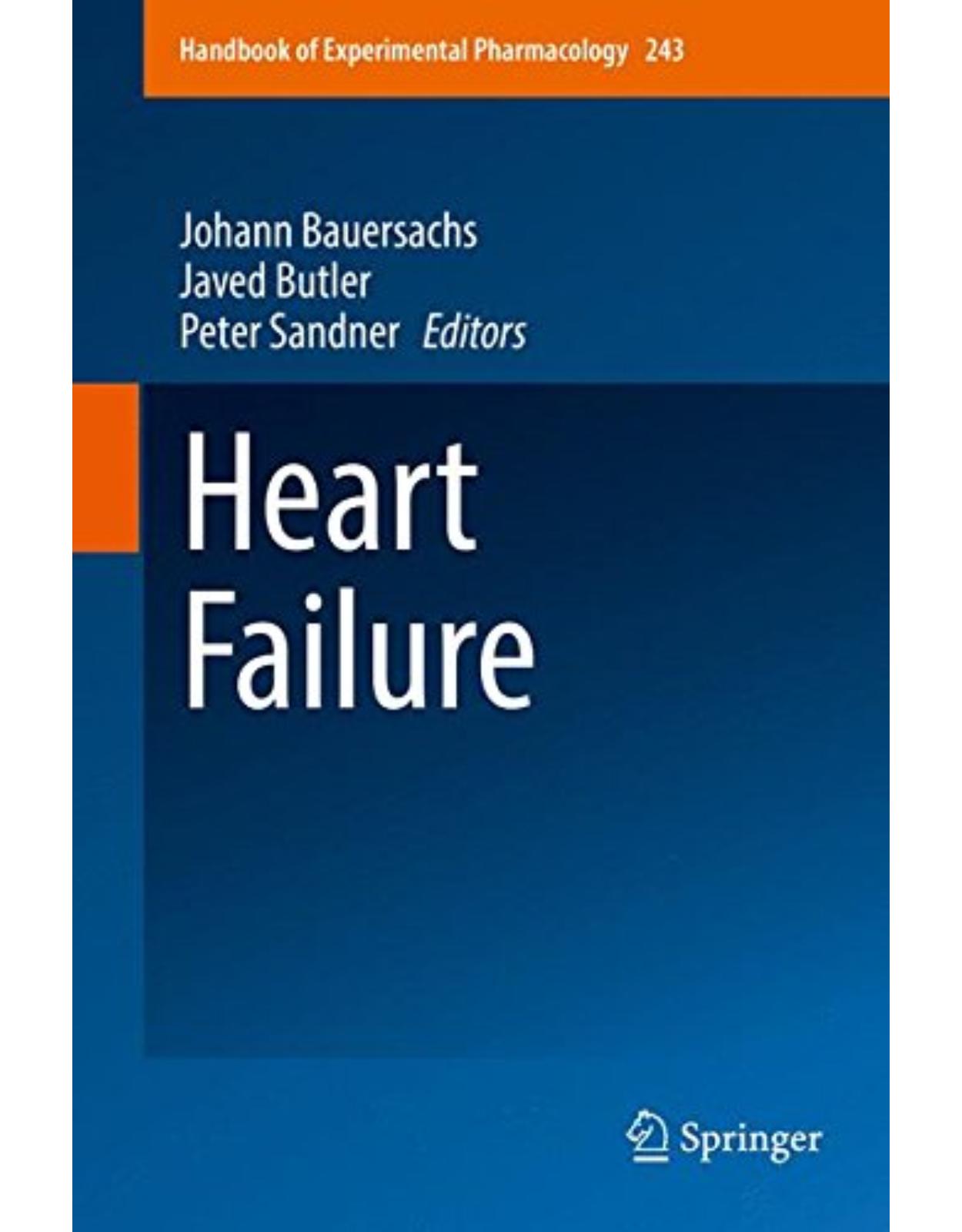
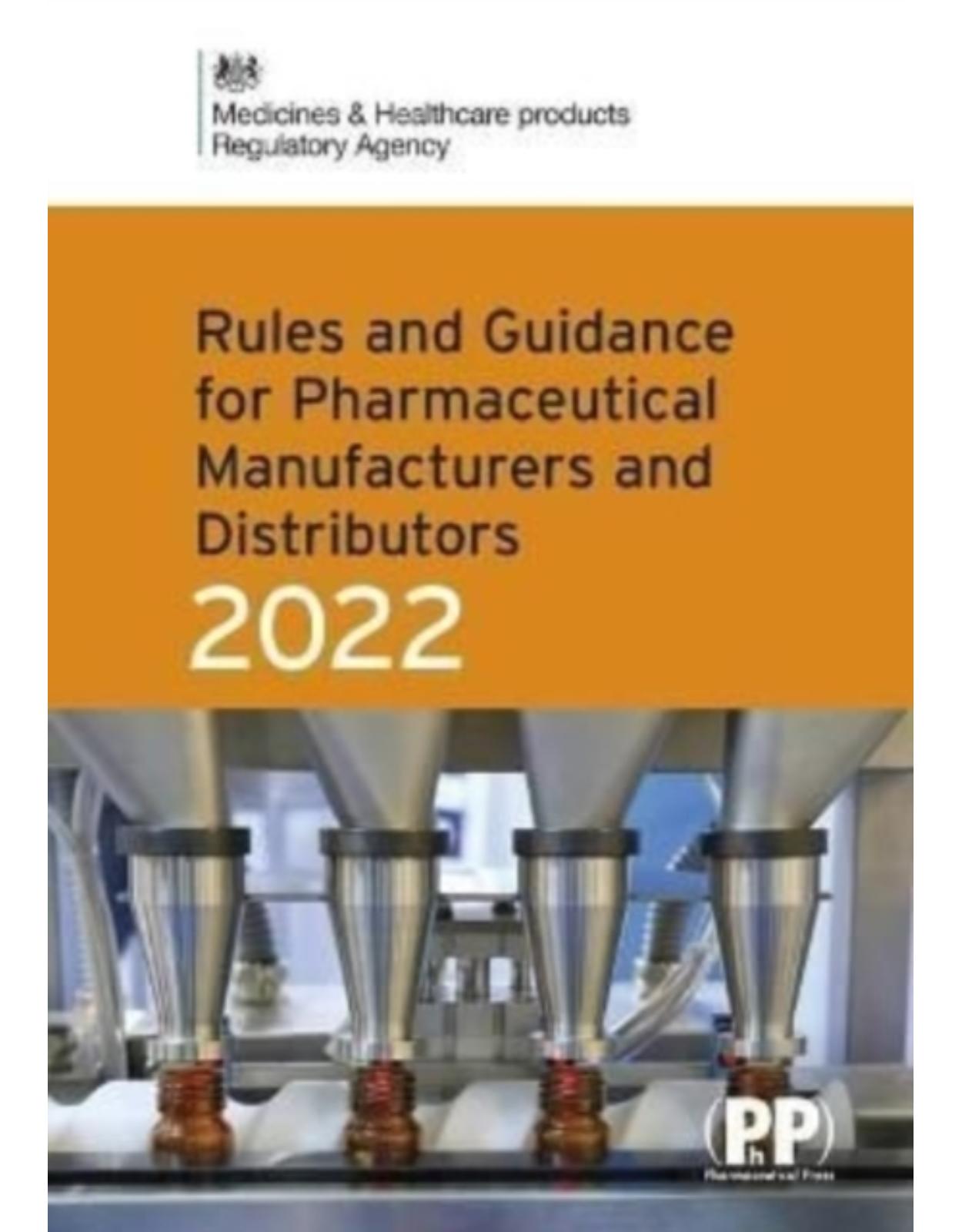
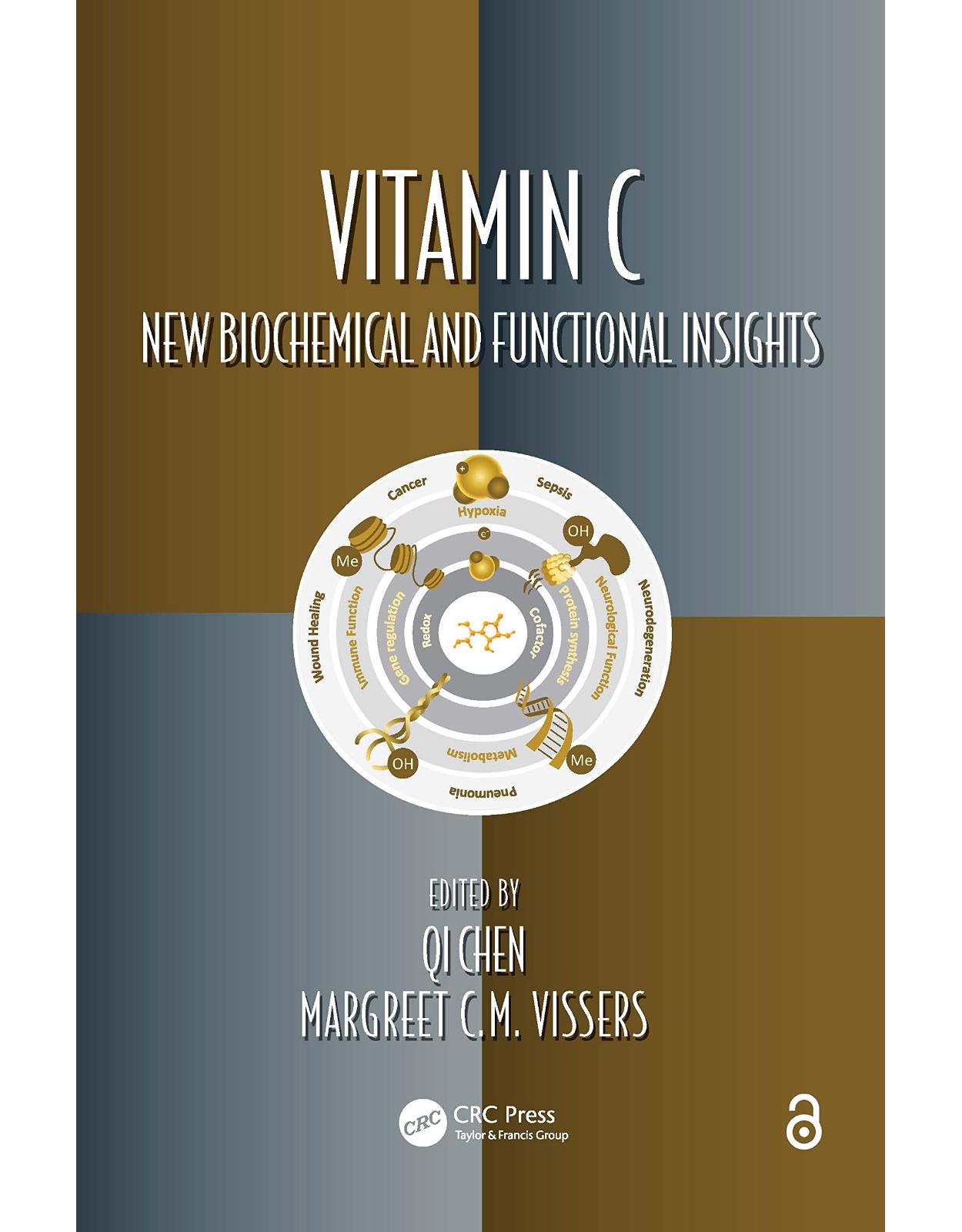
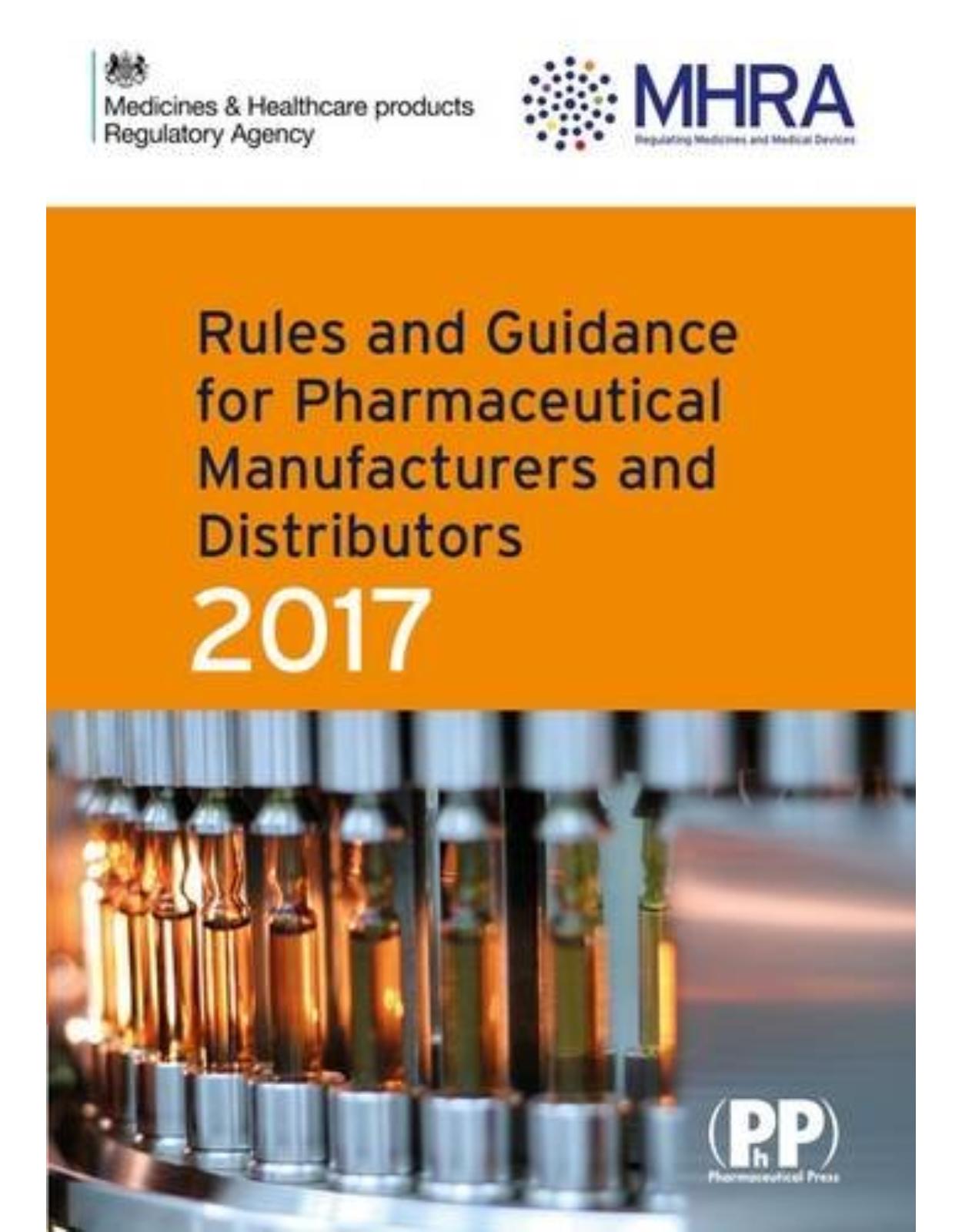
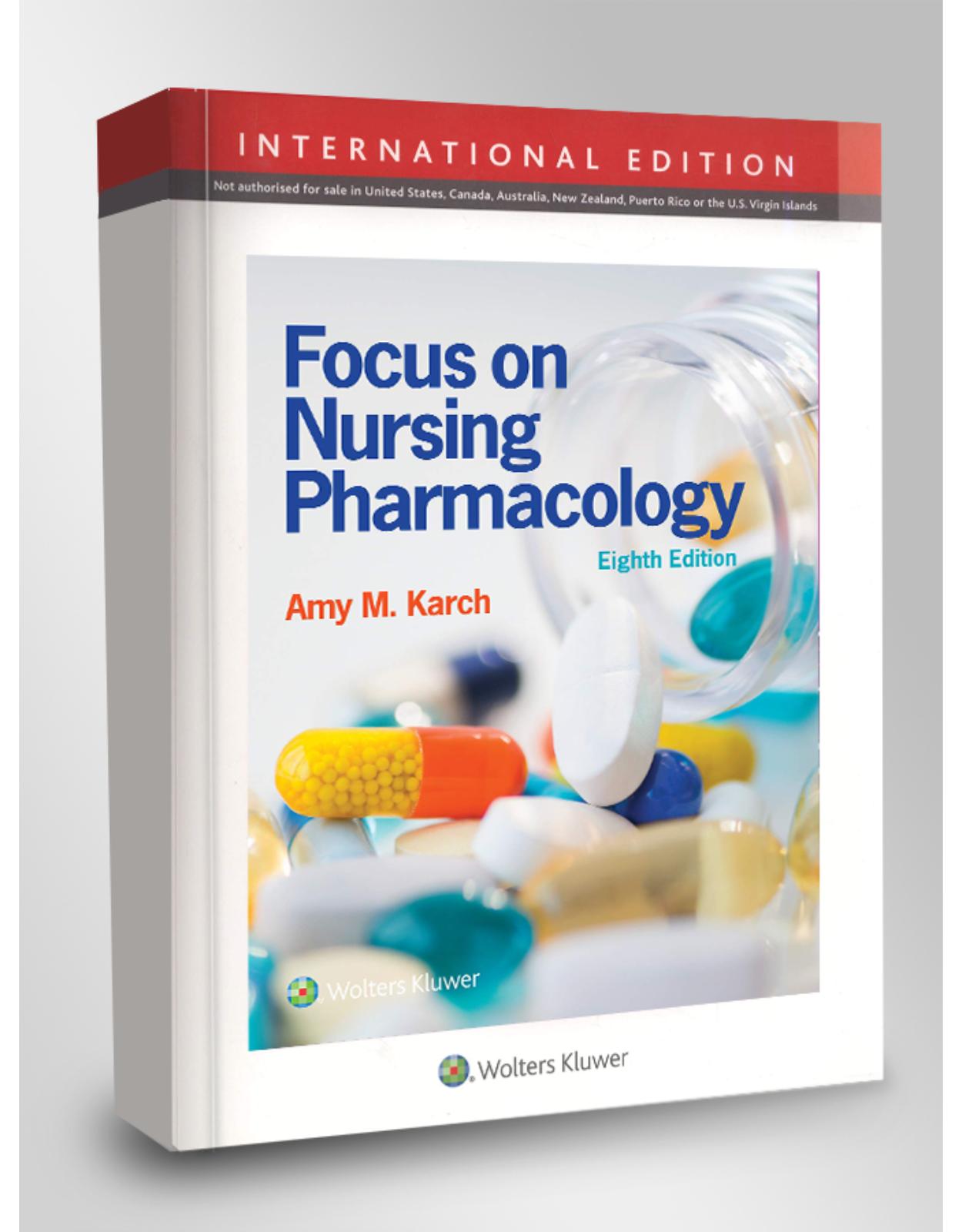
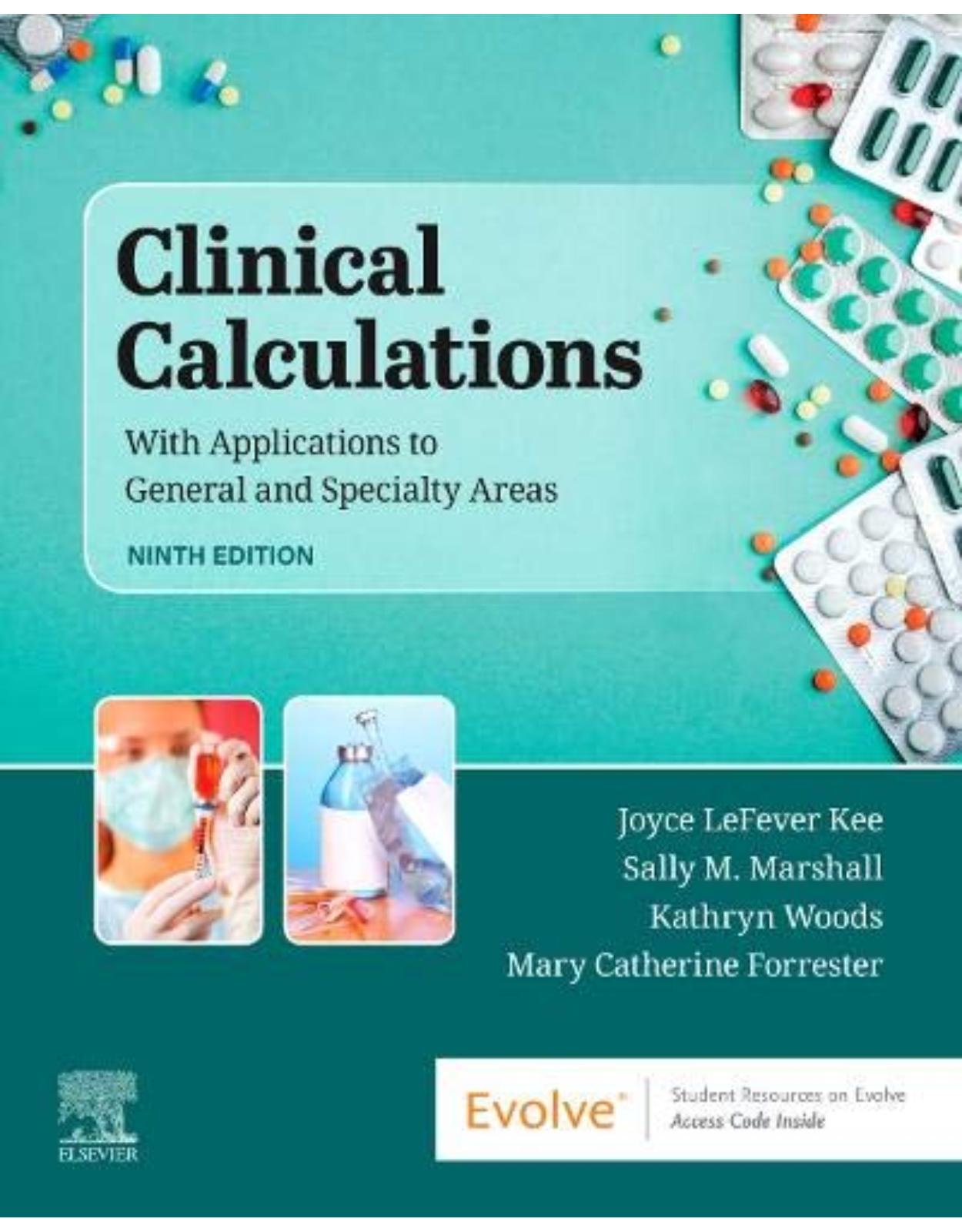
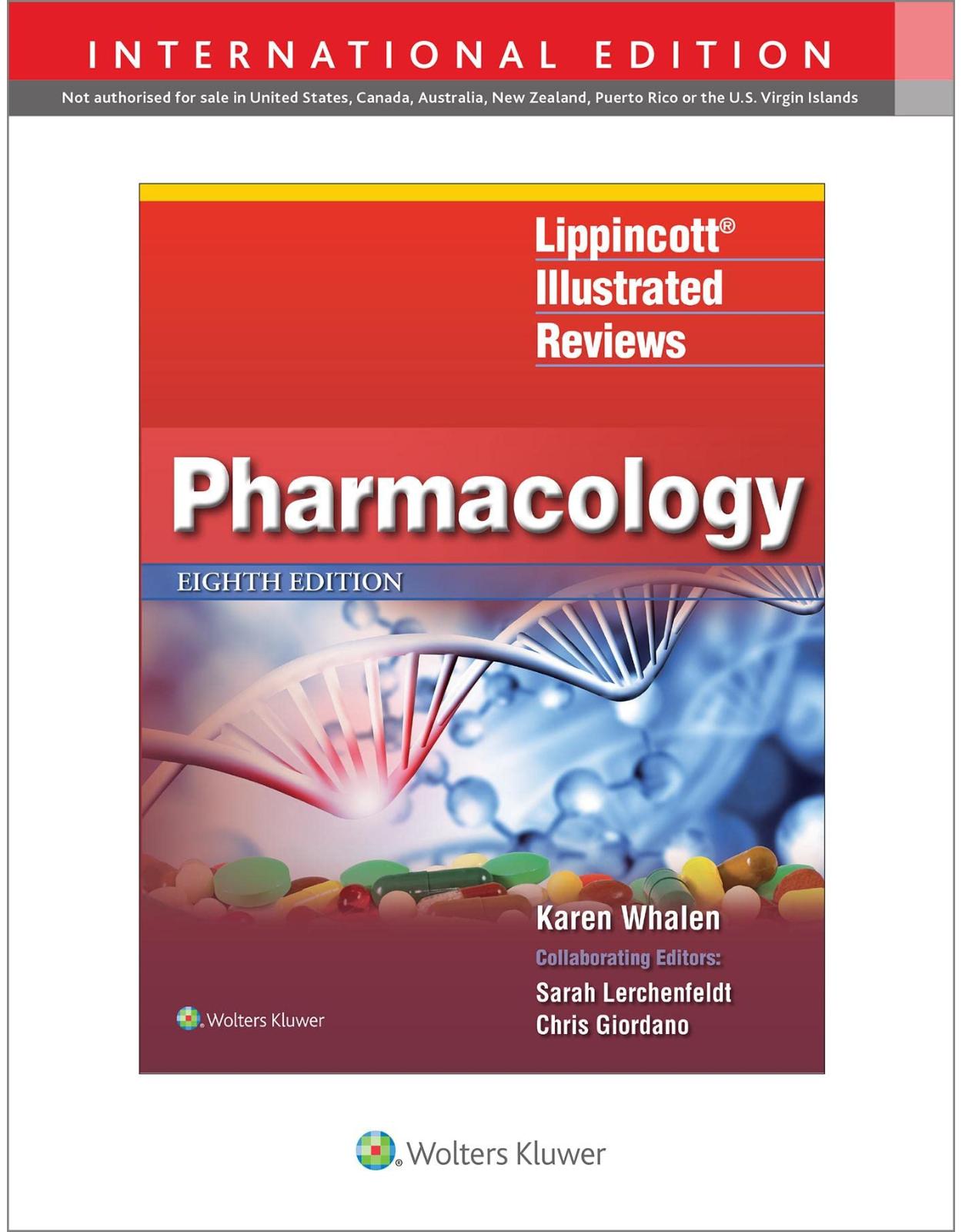
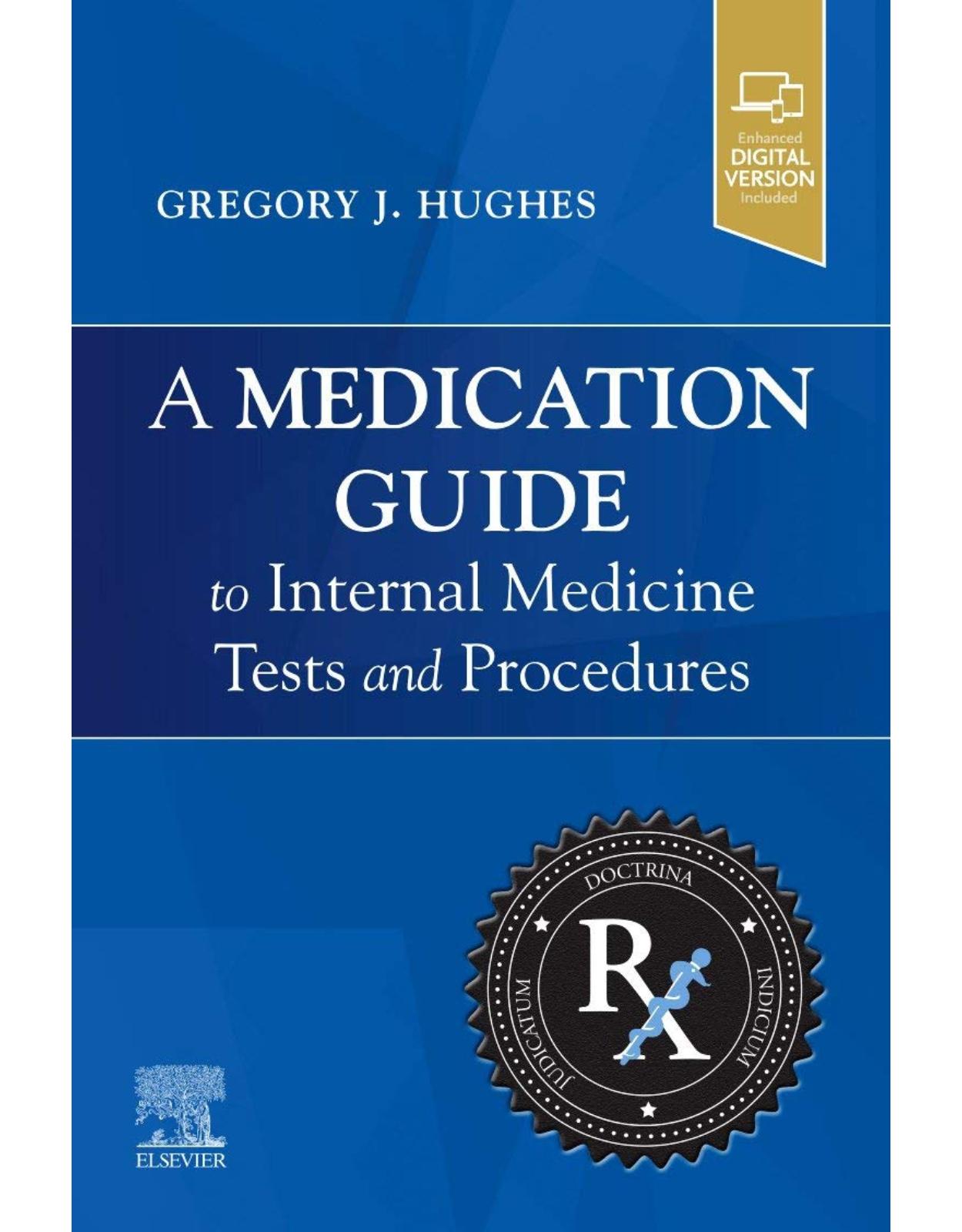
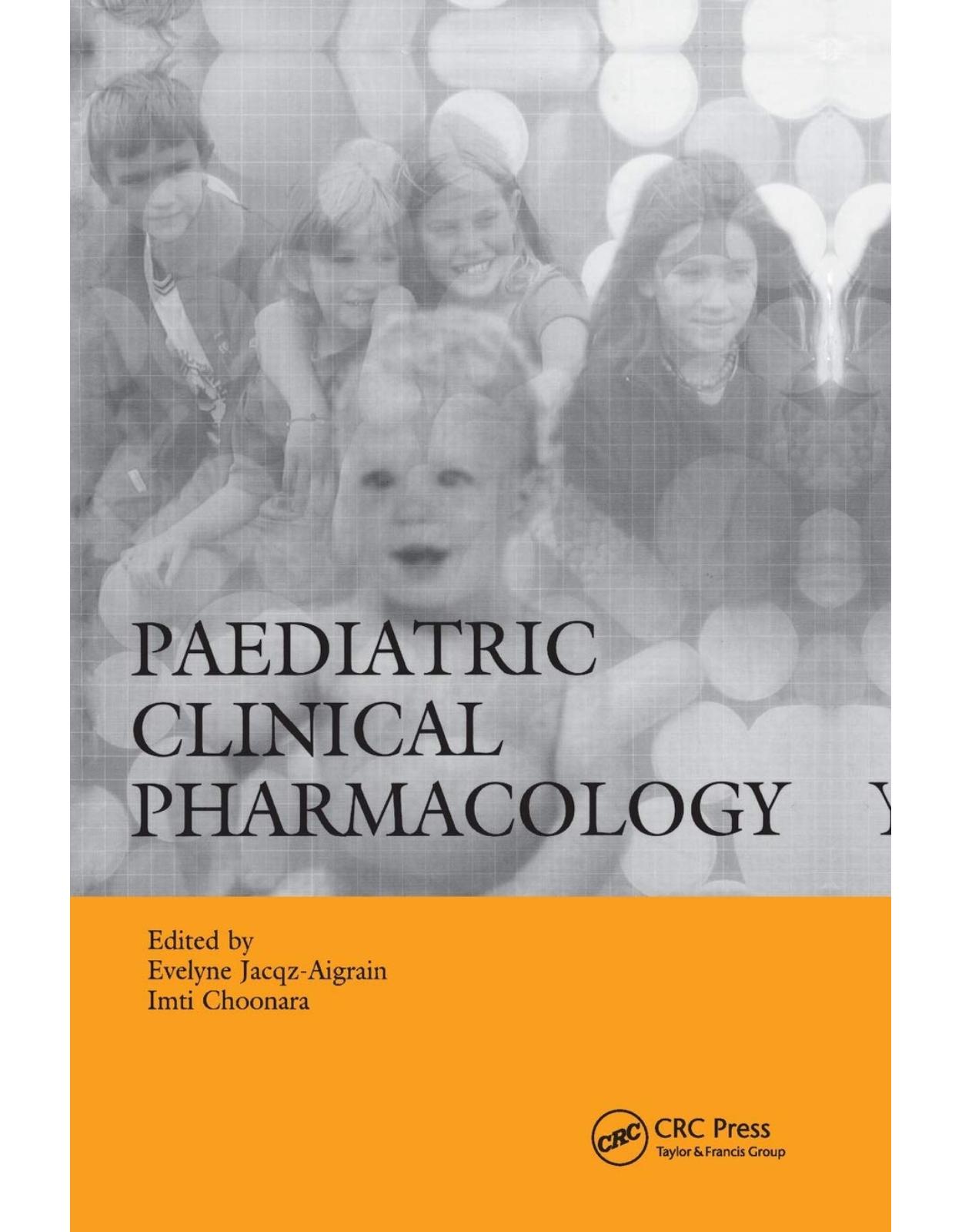
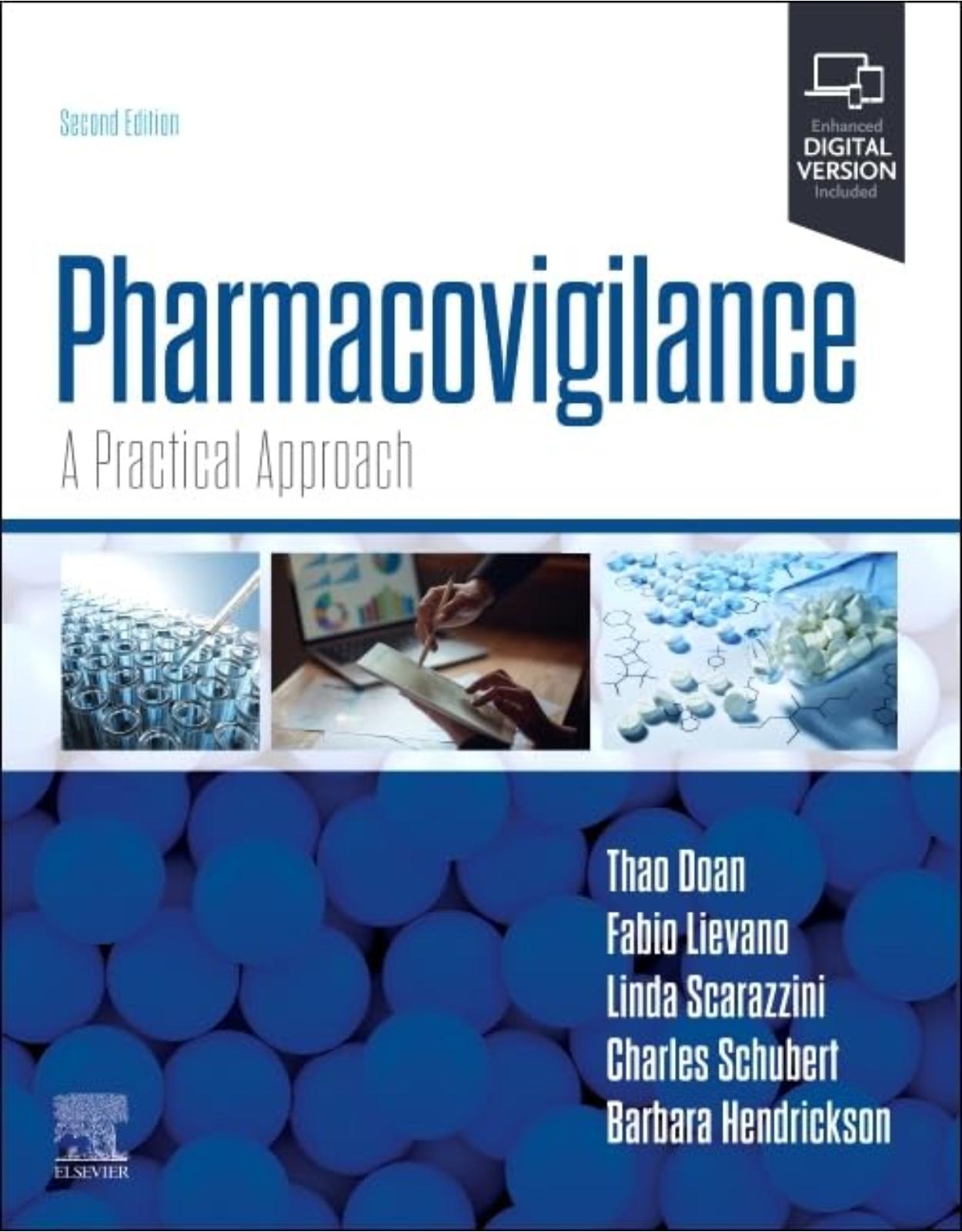
Clientii ebookshop.ro nu au adaugat inca opinii pentru acest produs. Fii primul care adauga o parere, folosind formularul de mai jos.